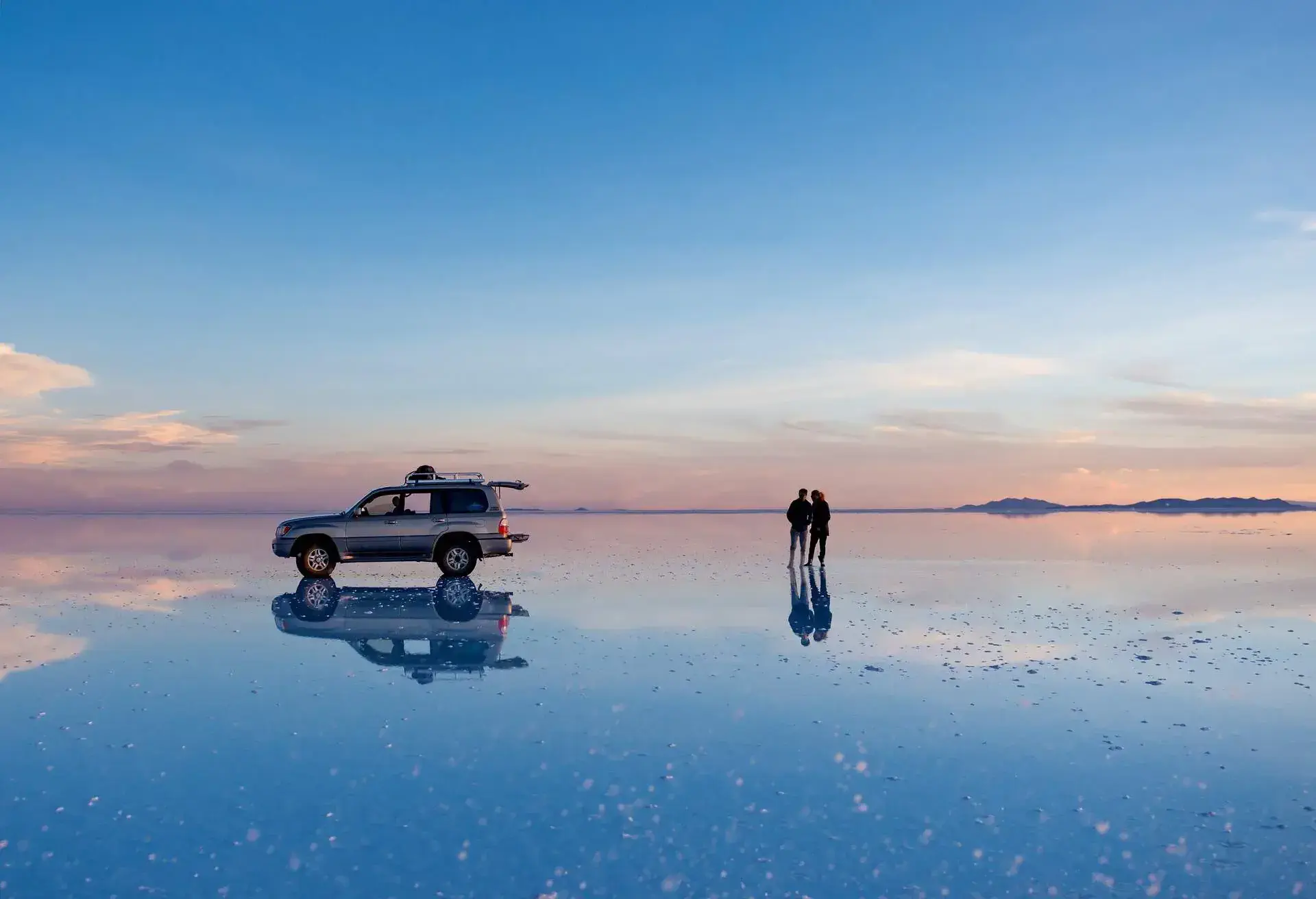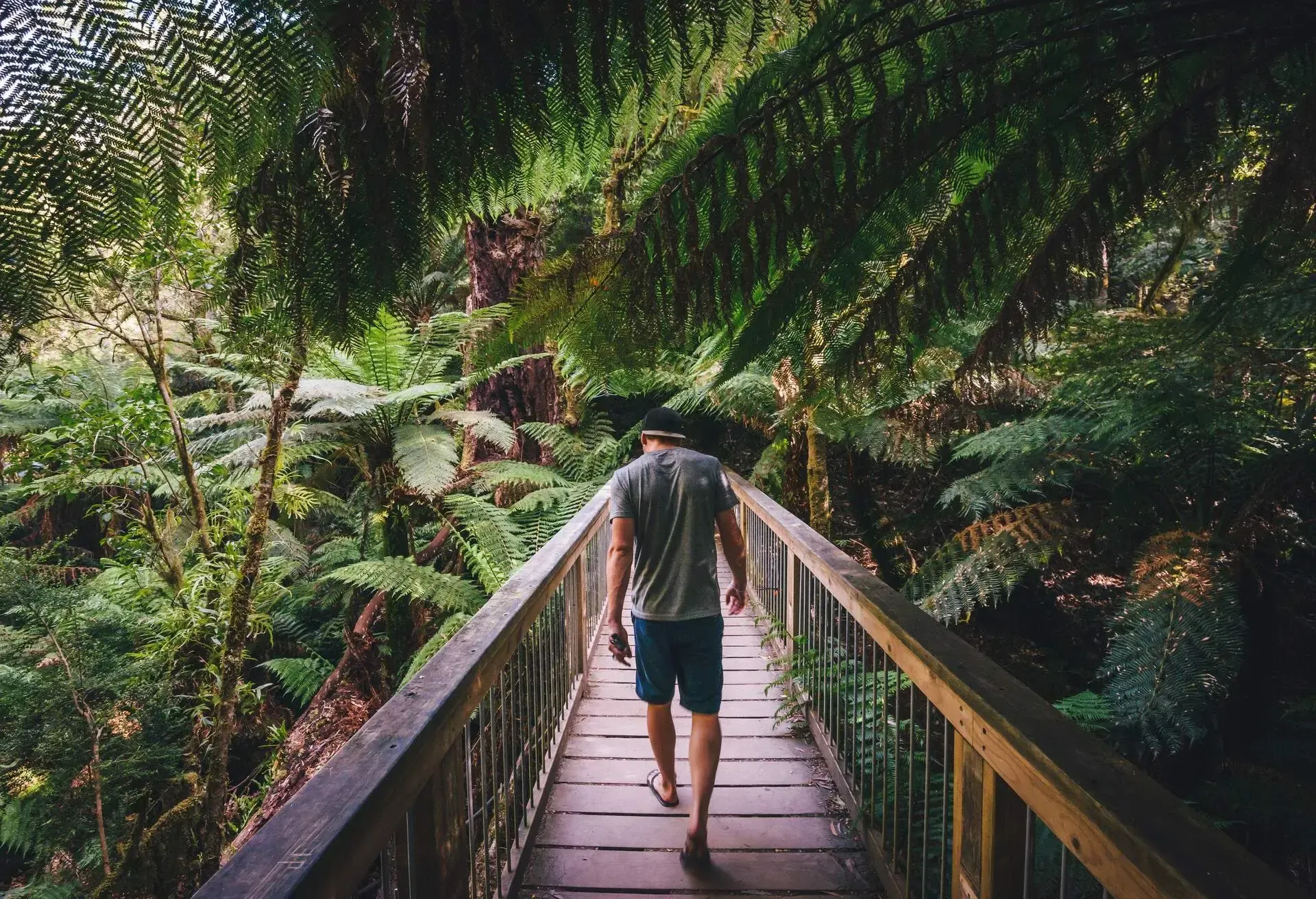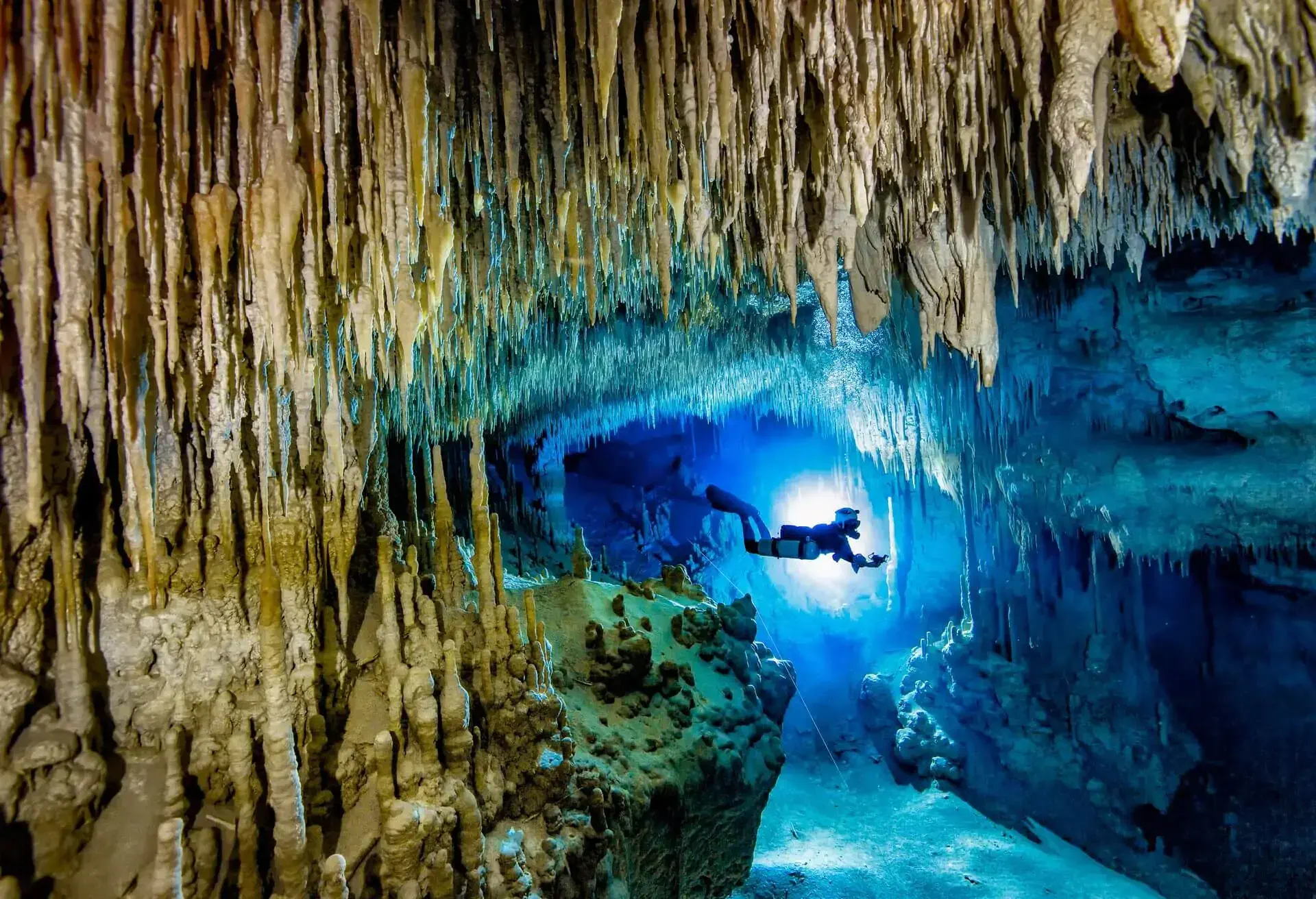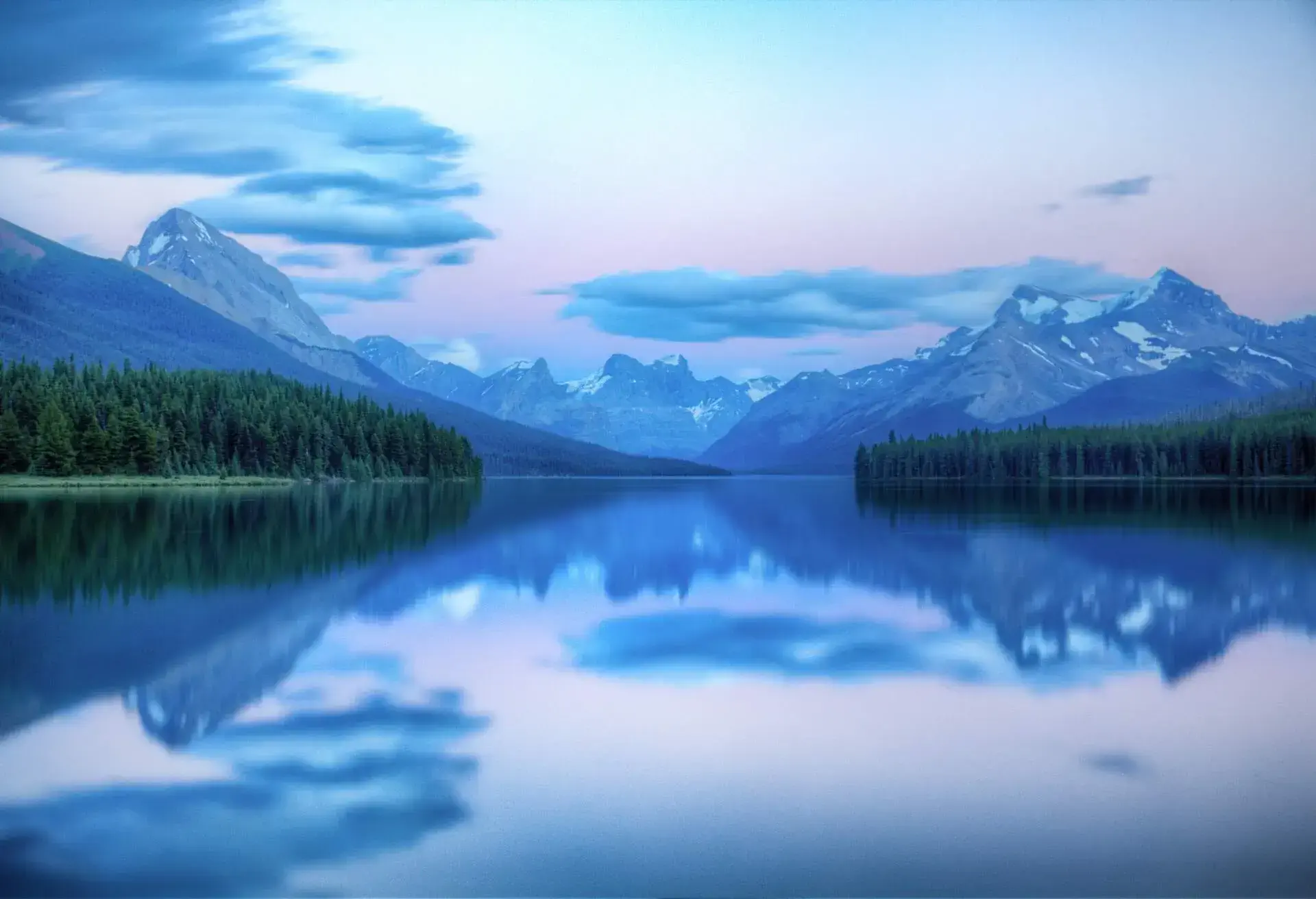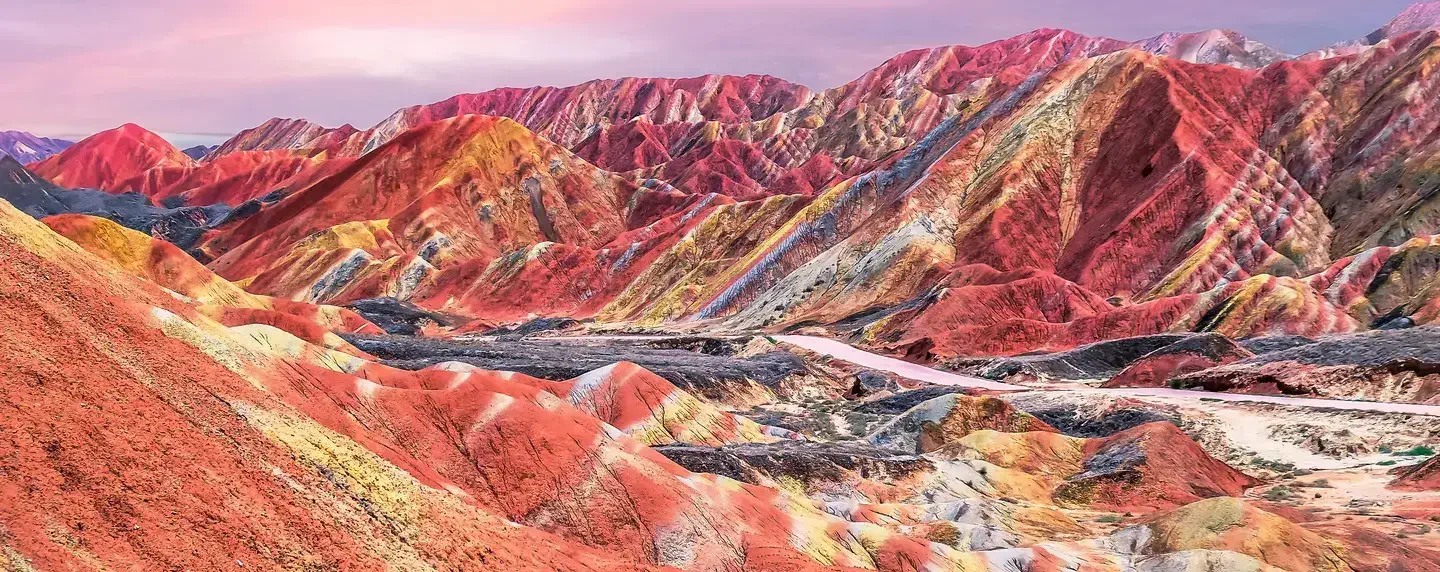Neil Armstrong’s first footsteps on the moon in 1969 is still regarded as one of the greatest achievements of all time. But you too can have your own astronaut-moment by setting foot on some remarkable lunar-esque landscapes that can be found here on planet Earth.
Lunar landscapes on Earth
Reminiscent of outer space, the rugged locations wouldn’t look out of place in a sci-fi movie or TV show. Here are KAYAK.co.uk’s top 12 lunar landscapes on the planet.
Zhangye National Park, China
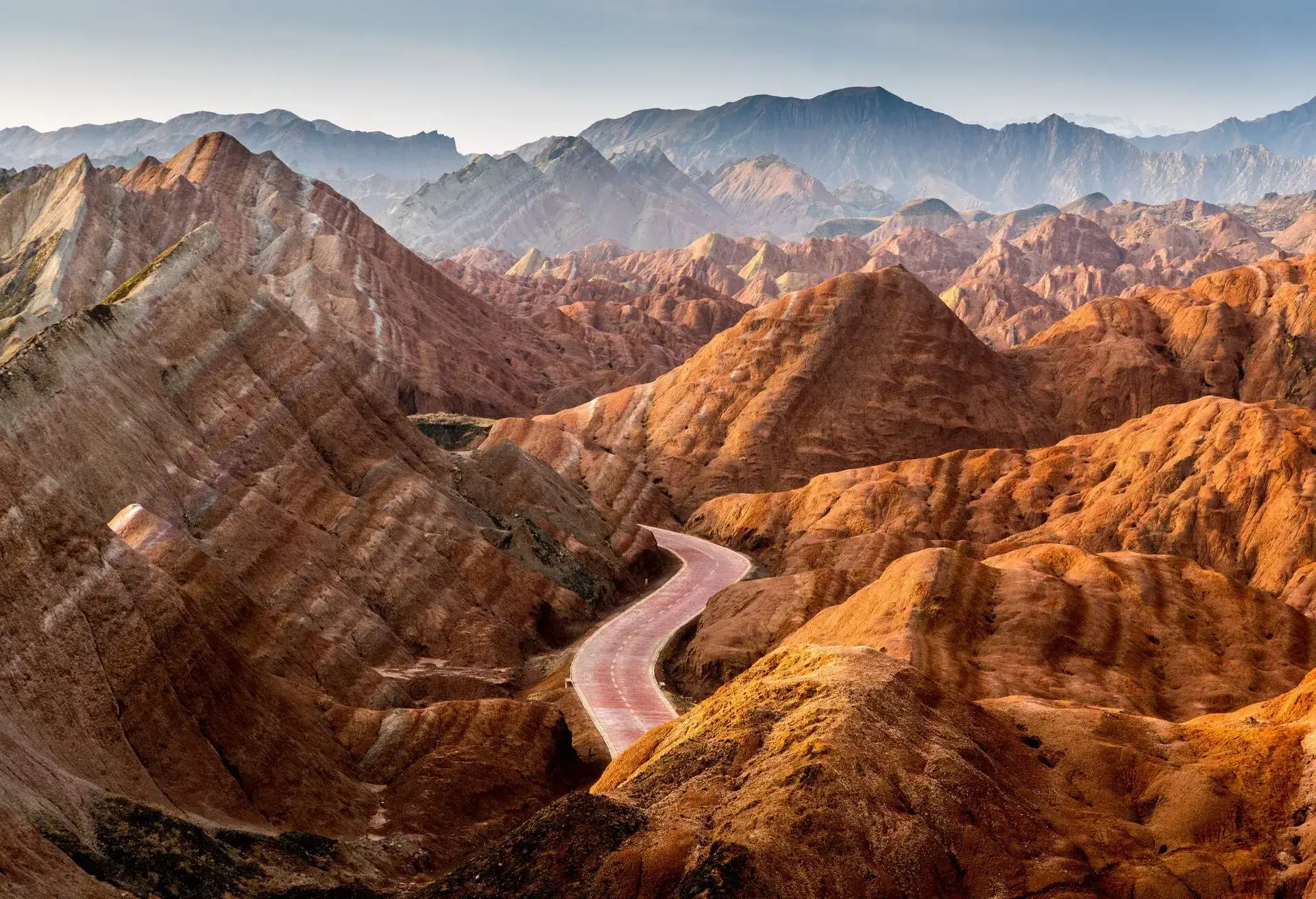
Located in the northern foothills of the Qilian Mountains, in the counties of Linze and Sunan, Zhangye National Geopark covers 322 square km. Famed for its unusually-coloured 24 million-year-old rocks, it’s an out-of-this-world experience. With no direct flights from the UK, this is one for the adventurous traveler.
Best time to visit: July-September offers the best climate for visiting.
Kayak’s tip: Fly to Lanzhou and then taking a domestic flight or bullet train to Zhangye.
Haleakalā National Park, Hawaii
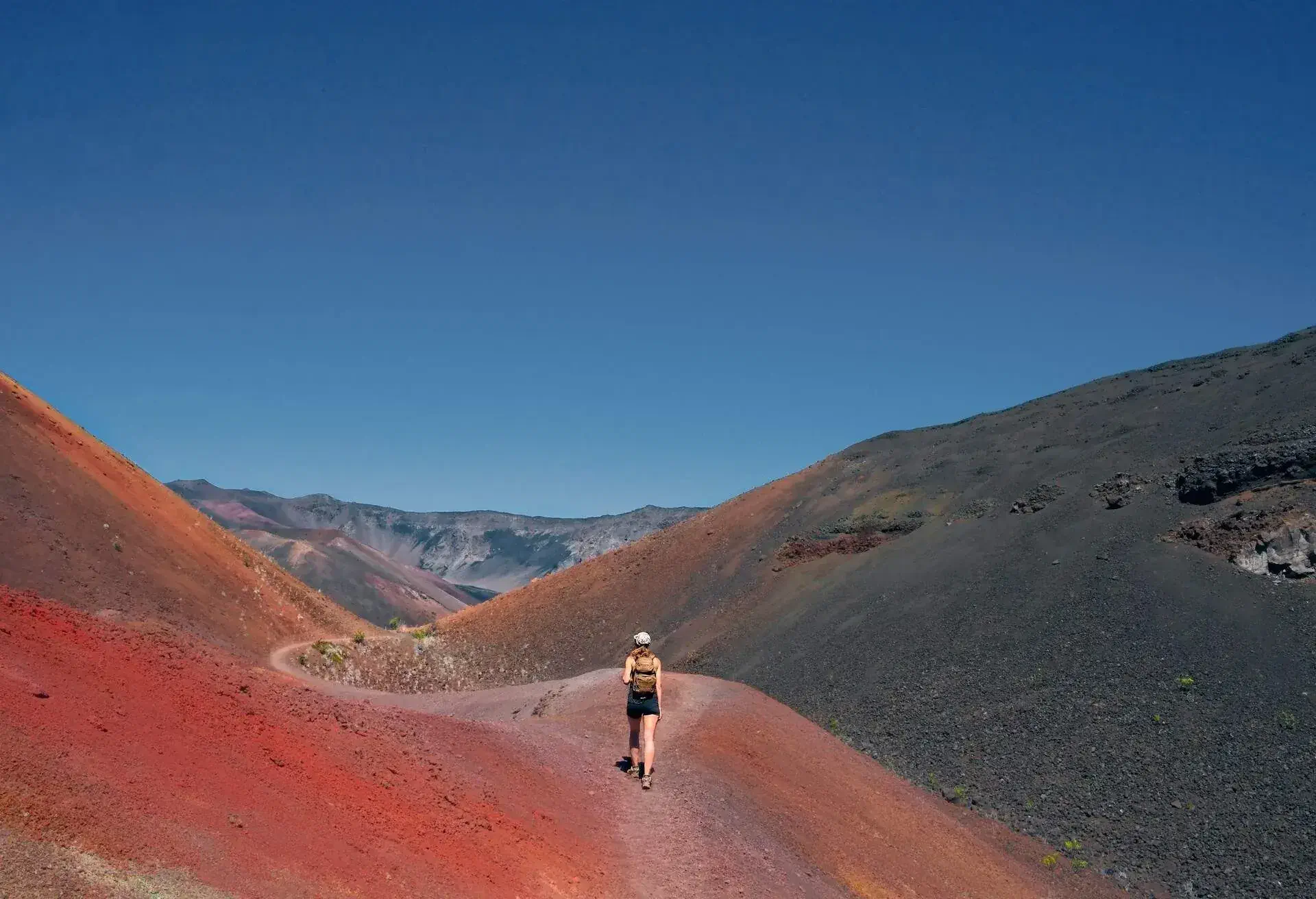
Located on the island of Maui, the national park covers over 33,000 acres, and translates as ‘House of the Sun’. Visitors can hike along the black sand into the dormant 720m-deep volcano which creates the lunar vibes here.
Best time to visit: The weather is best between December and February, however, the summer months are a more cost-effective visit.
Kayak’s tip: Aim to arrive in time for sunrise as the sky and clouds above the rocky surface is breathtaking.
Landmannalaugar, Iceland
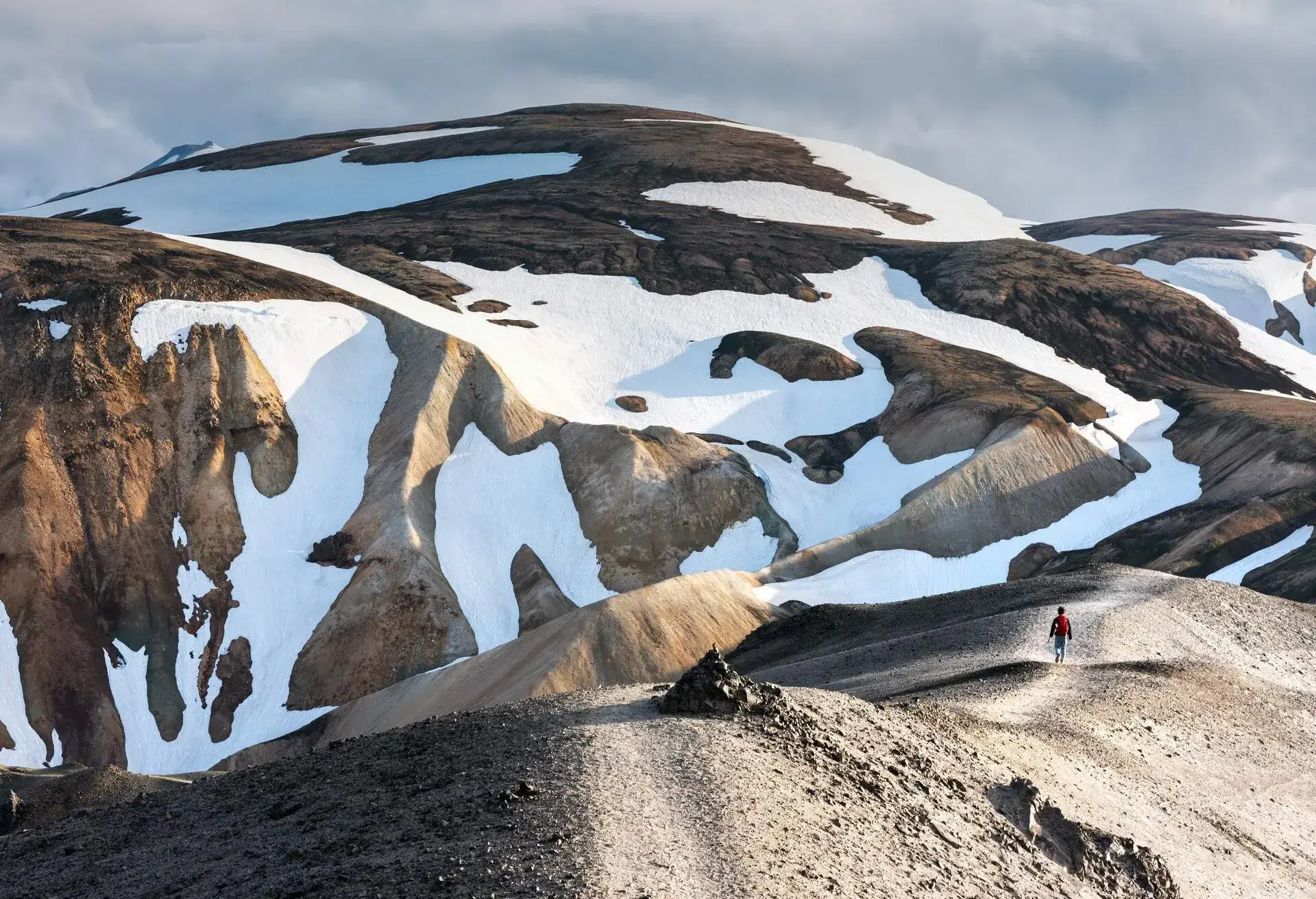
Located in the southern Highlands of Iceland, a three-hour drive from Reykjavik, Landmannalaugar is one of the most famous lunar landscapes on Earth.
Situated in the Fjallabak Nature Reserve, the area is known for its black sand deserts, colourful rhyolite mountains, steaming geothermal vents and deep valleys. In its centre is an active volcano, dried lava from which gives the surrounding area an unmistakably lunar vibe.
Best time to visit: If you visit in August or September you’ll also have a good chance of seeing the Northern Lights.
Kayak’s tip: Landmannalaugar is also one of the best places in Iceland to see the northern lights in the end of August and September.
Salar de Uyuni, Bolivia
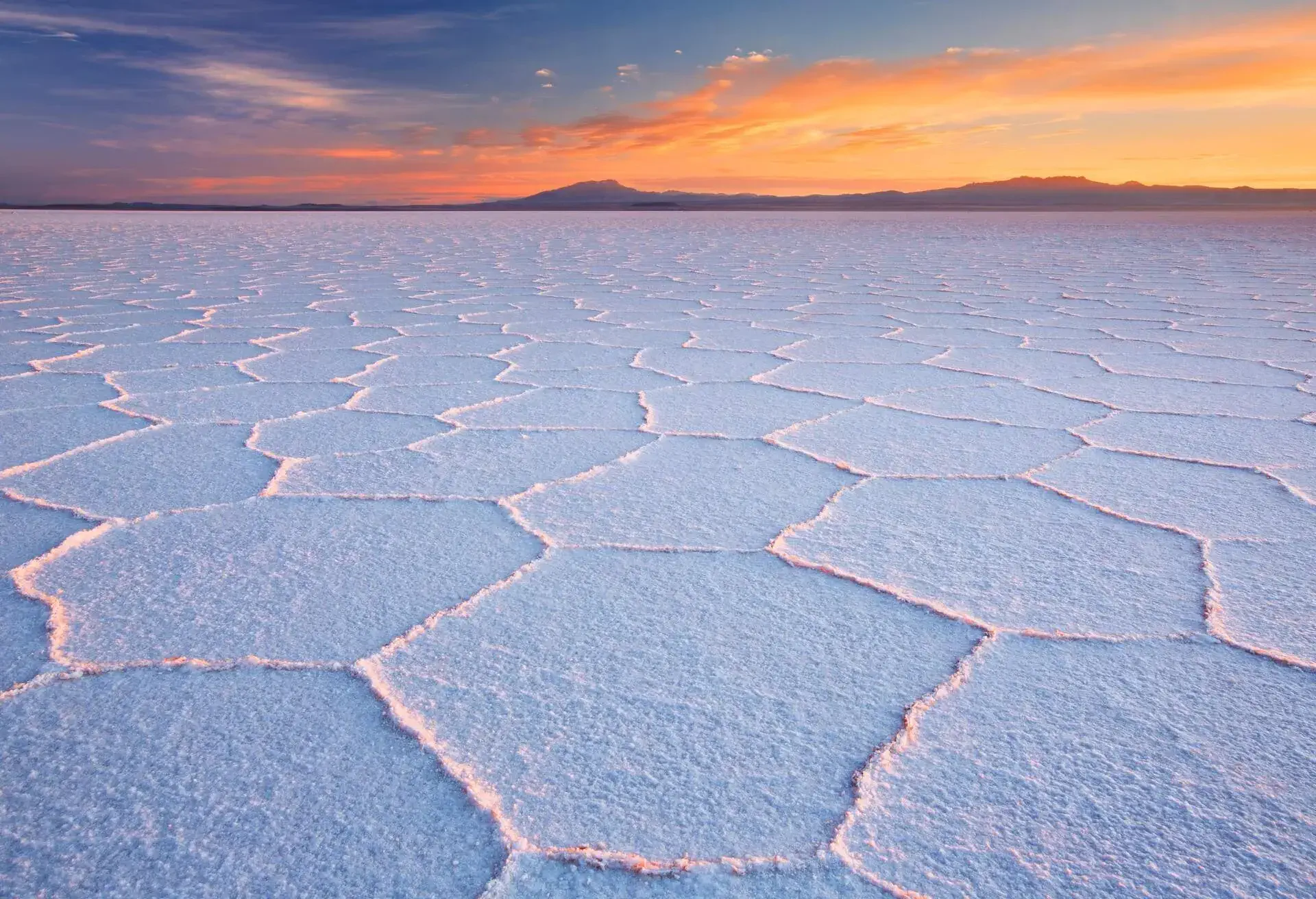
Bolivia’s pale lunar landscape comes courtesy of the world’s largest salt flat, formed due to the transformation of prehistoric lakes. With an impressive elevation of 12,000ft, you will feel like you have been transported to another planet. If there happens to be rainfall during a trip there, the layer of water transforms it into the world’s largest mirror.
Best time to visit: The dry season (May-November) when you can explore the entirety of the stark white flats, and the wet season (best to visit between February-April) when the water creates an incredible mirror effect.
Kayak’s tip: Pack waterproofs! Don’t be afraid to lay down on the ice to get some truly epic photographs.
Valle de la Luna, Chile
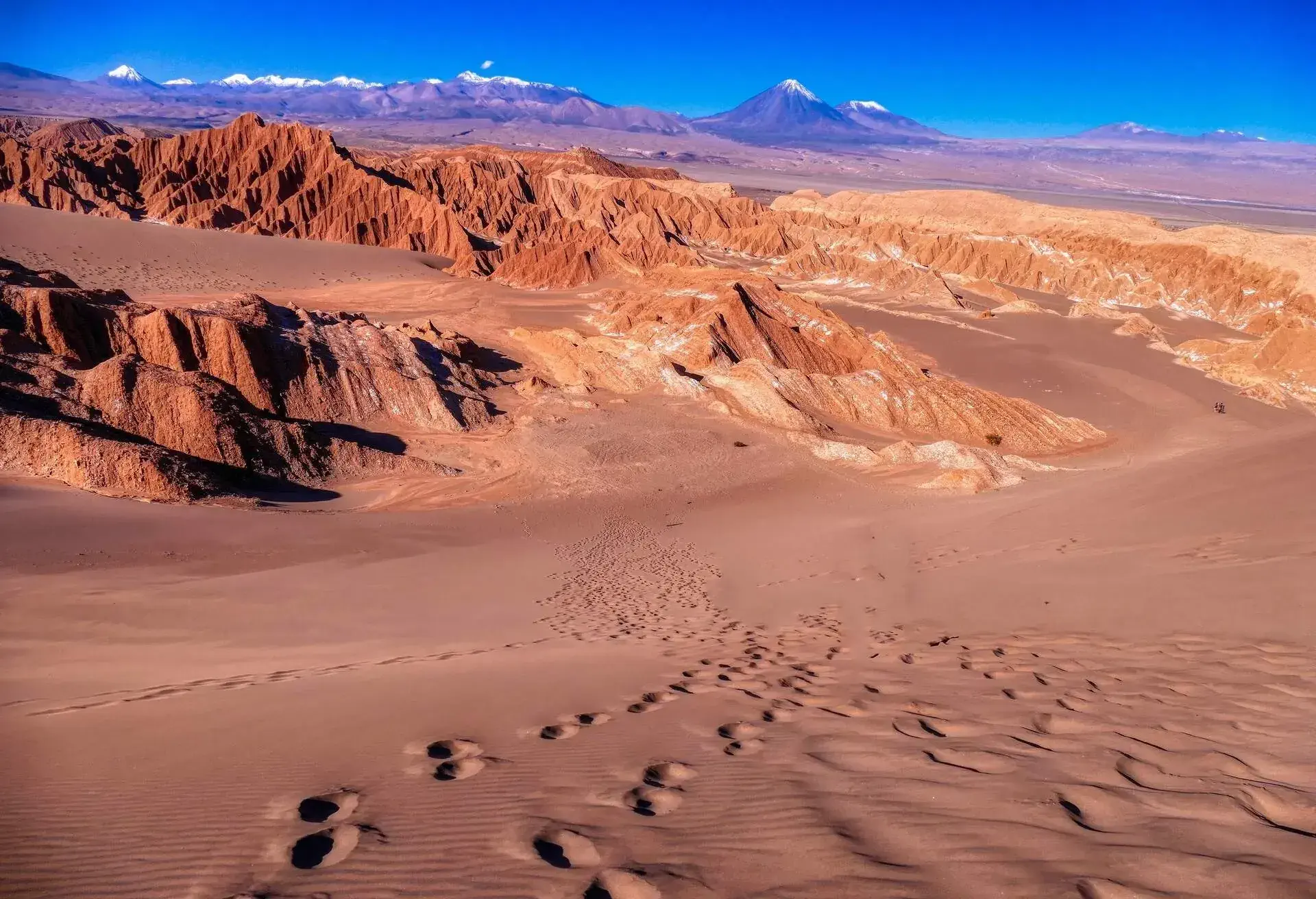
Located in Chile’s Atacama Desert, Valle de la Luna translates as the Moon Valley which is the most perfect name. You’ll feel like you’ve been transported to outer space as you set foot on the sand and rocky terrain which has been shaped into various peaks by wind and water. You’ll also find bubbling geysers, lagoons and salt flats in the landscape which had a Mars rover prototype tested here due to the striking resemblance.
Best time to visit: Sunset at Valle de la Luna is spectacular so aim to arrive by 3pm.
Kayak’s tip: Bring a layer or two as the temperatures can drop quite suddenly.
Bardenas Reales, Spain
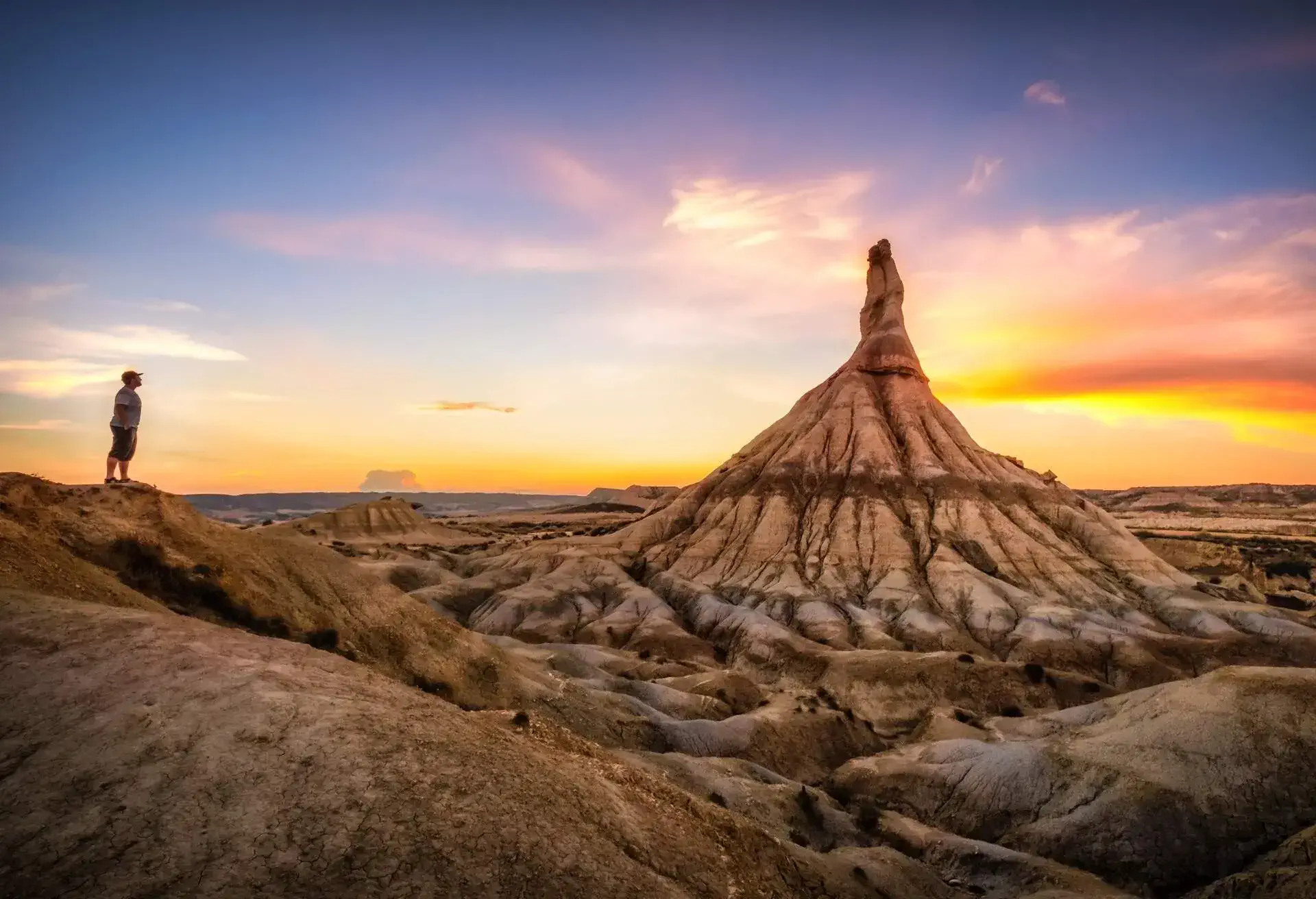
You might recognise this area of northern Spain from hit TV show Game of Thrones which was often filmed here and has since turned the area into one of the most visited attractions of Navarre. It is an almost-entirely flat huge expanse of semi-desert with various large striking sand and limestone rock formations.
The tall and slim Castildetierra peak is probably the most famous landmark but the “los cabezos de los tres hermanos” or the three brothers “heads” in English set is also worth seeing.
The Barrancas canyons, dried riverbeds that zigzag through the area and salt peaks that also gives the location its lunar comparison.
It can be cheaply reached via Zaragoza airport.
Best time to visit: The months of May-October offer the best experience.
Kayak’s tip: We recommend joining a 4×4 tour to get a real sense of the size and wonder of the area.
Bisti/De-Na-Zin Wilderness Area, New Mexico, USA
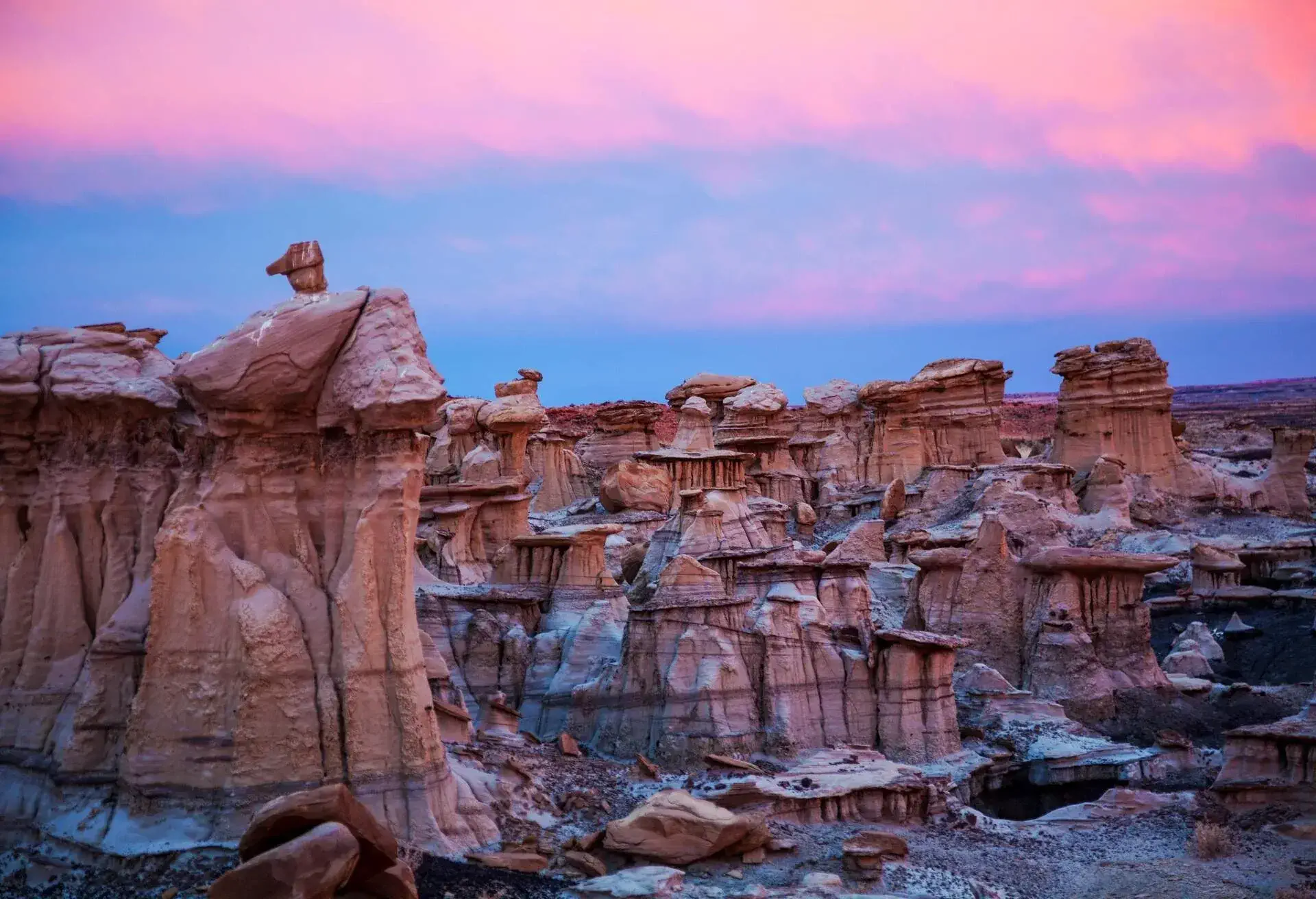
A 45,000 acre wilderness area, it is a desolate and heavily eroded landscape with out of this world rock formations. Known as ‘badlands’, it is most easily accessed via Las Vegas – making it a lunar location worth gambling on.
Best time to visit: March – early June.
Kayak’s tip: In keeping with the outer-space atmosphere, the area has no facilities and no specific trails to walk so come prepared.
White Island, New Zealand
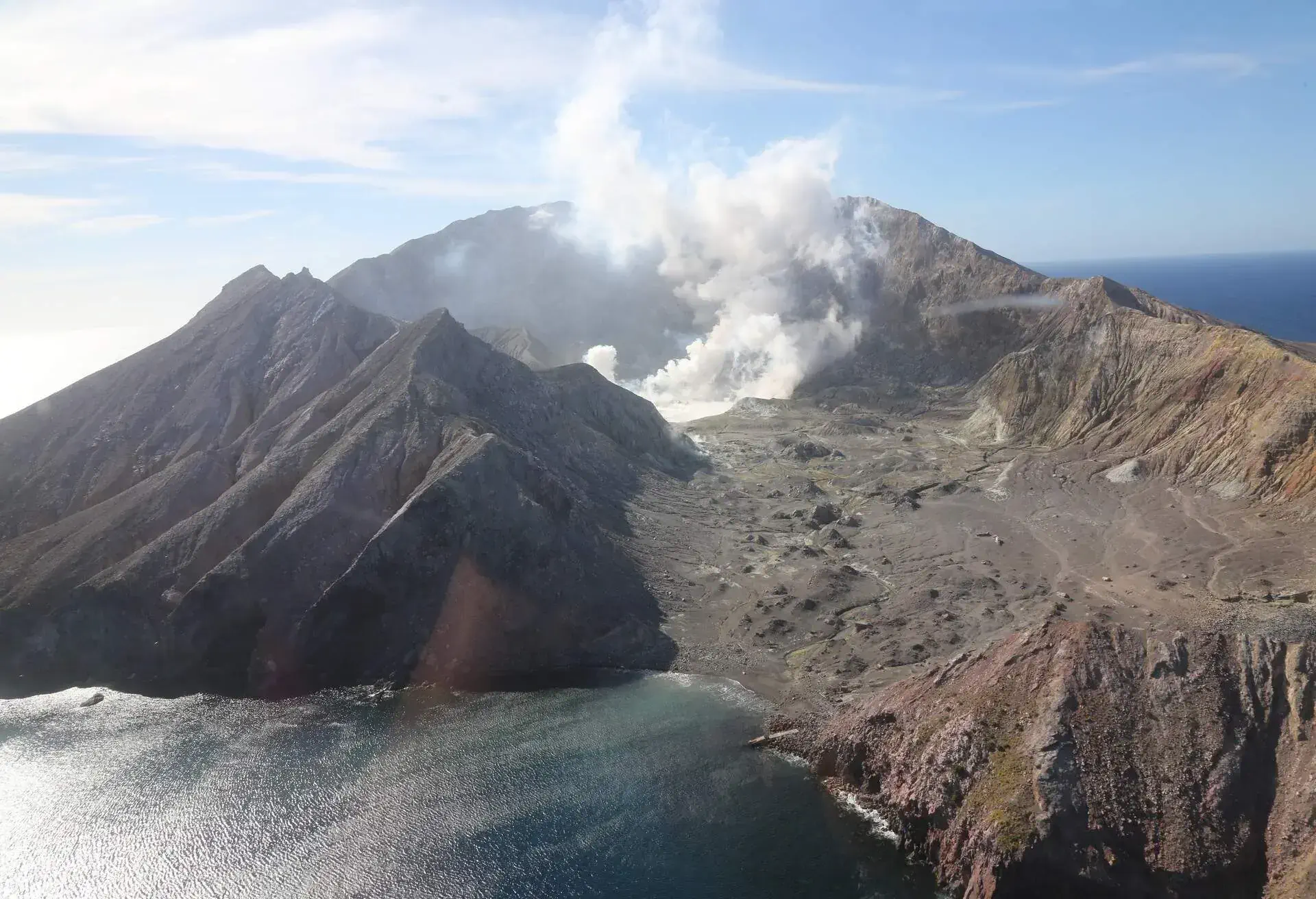
A long trip – but closer than the actual moon at least – White Island is the only volcanic island in New Zealand. Measuring just 1.2 miles across and located 30 miles off the coast of the main North Island, there a brilliantly green crater lake in the middle which consists of hot, steaming sulphuric acid. The area was is a former sulphur mining site but mining was abandoned after a landslide in 1914 which killed all the workers.
You will also find steaming geysers, lava patterns and red rock. The best route is via Auckland.
Best time to visit: During the dry season which is from February to May.
Kayak’s tip: Join an organised tour to see the striking yellow towers which are sulphur encrusted fumeroles, many of which are still active, and the former sulphur factory.
Fish River Canyon, Namibia
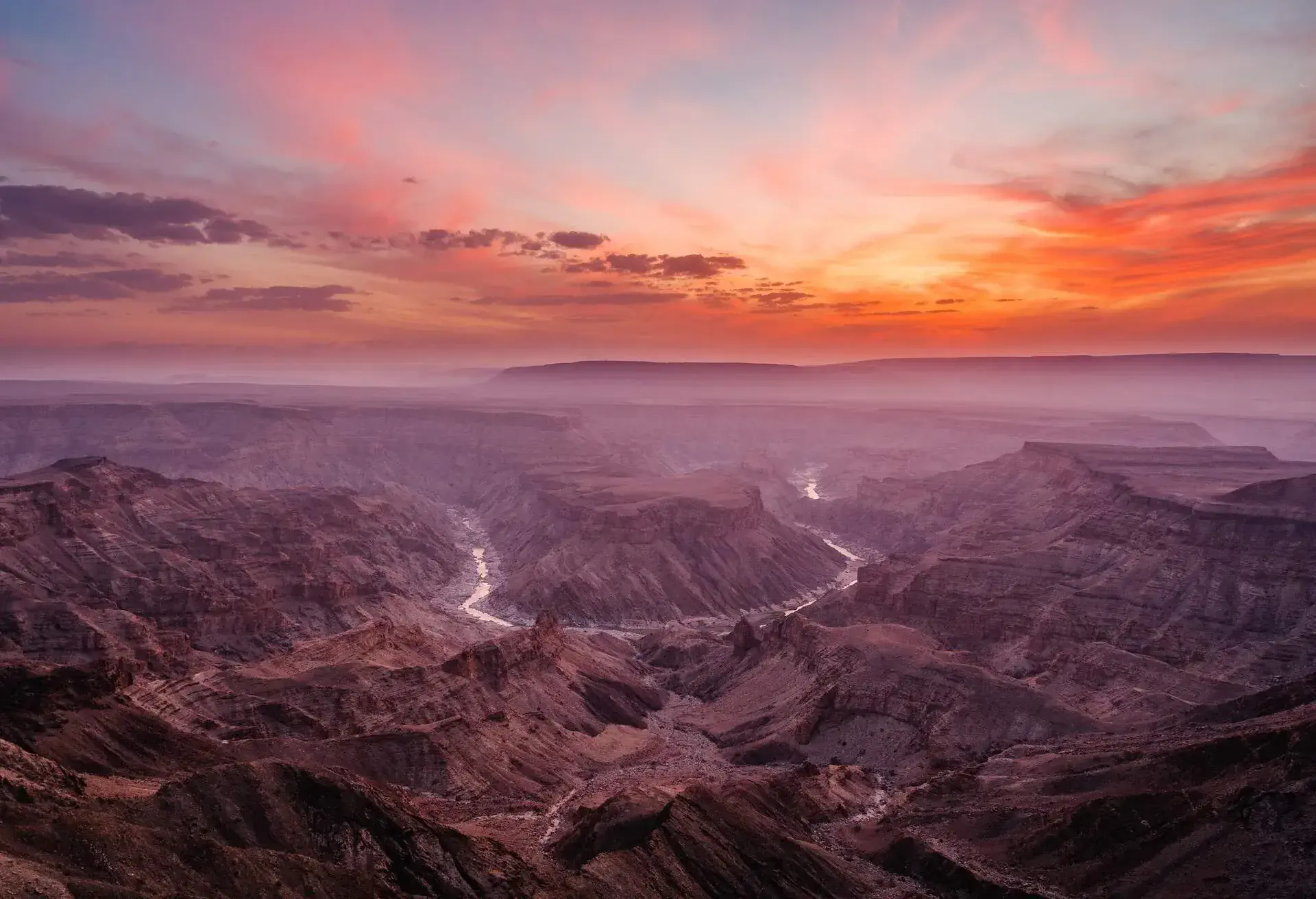
Found in South Namibia, Fish River is the largest canyon in all of Africa. Its gigantic ravine measures 100 miles long and is up to 550m deep, with viewing platforms allowing visitors to get a perfect view of the lunar-esque dry and stony landscape with only a few hardy drought-resistant plants. It’s one of the lesser-known lunar destinations but one to add to the list if you’re keen.
Best time to visit: If you’re an avid hiker the winter months between May and September are the best times to visit the canyon.
Kayak’s tip: You’ll find public view points near Hobas, a camp site 70 km north of lAi-ǀAis.
Timanfaya National Park, Lanzarote
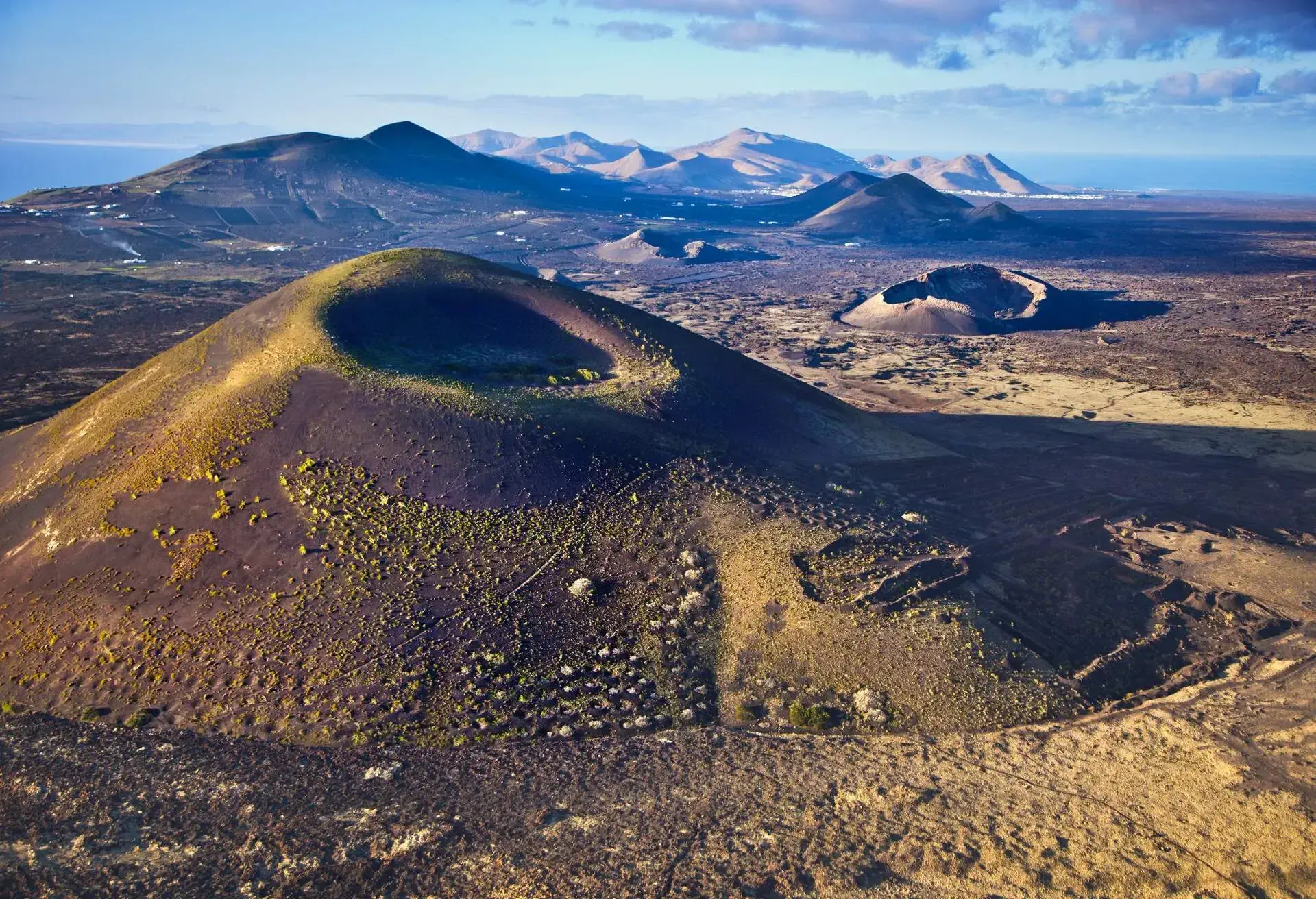
Found on the popular tourist island of Lanzarote, Timanfaya National Park is one of the most accessible lunar landscapes for Brits. It is made up entirely of volcanic soil and geysers of steam are an attraction for tourists.
Best time to visit: The spring.
Kayak’s tip: Don’t look down if you are making the journey up to the top of the volcano by bus for the views are frightening!
Mount Etna, Sicily, Italy
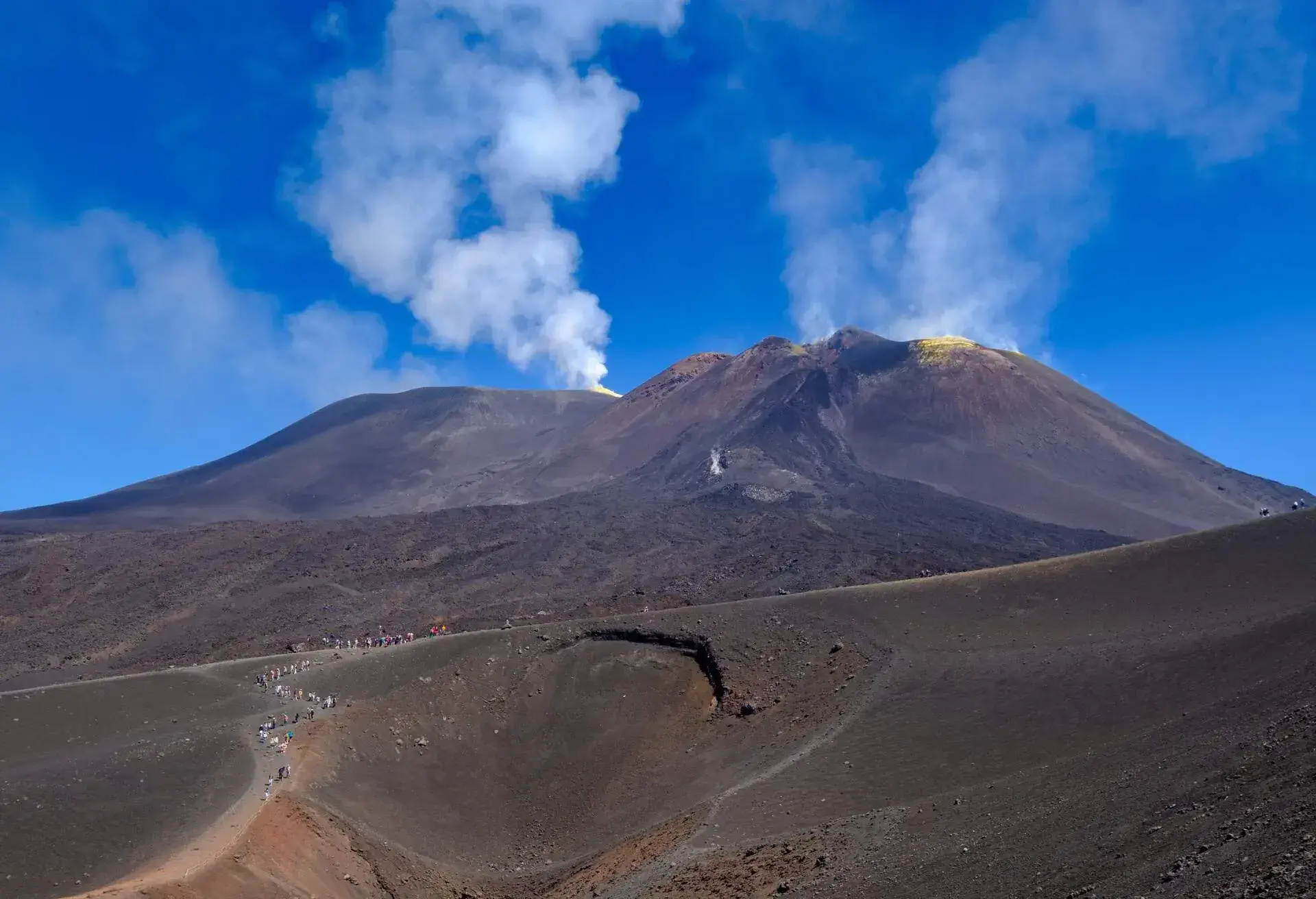
For the closest feeling of being on Mars, get yourself to Europe’s highest and most active volcano. Located in the Catania district of Italy you’ll see the peak of the volcano towering high above the city and rolling hills.
As you climb to the top, you’ll notice the landscape change dramatically from green fields to volcanic black rock. At the top, around 8000ft high, you’ll be lucky to see a few shrubs amongst the hardened lava.
There are fantastic walking trails to explore the immense Valle del Bove and its caves of lava rocks. There are also 4×4 tours to the crater too if you’re up for more adventure.
Best time to visit: Spring and summer.
Kayak’s tip: Visit the immense Valle del Bove and its caves of lava rocks.
Cappadocia, Turkey
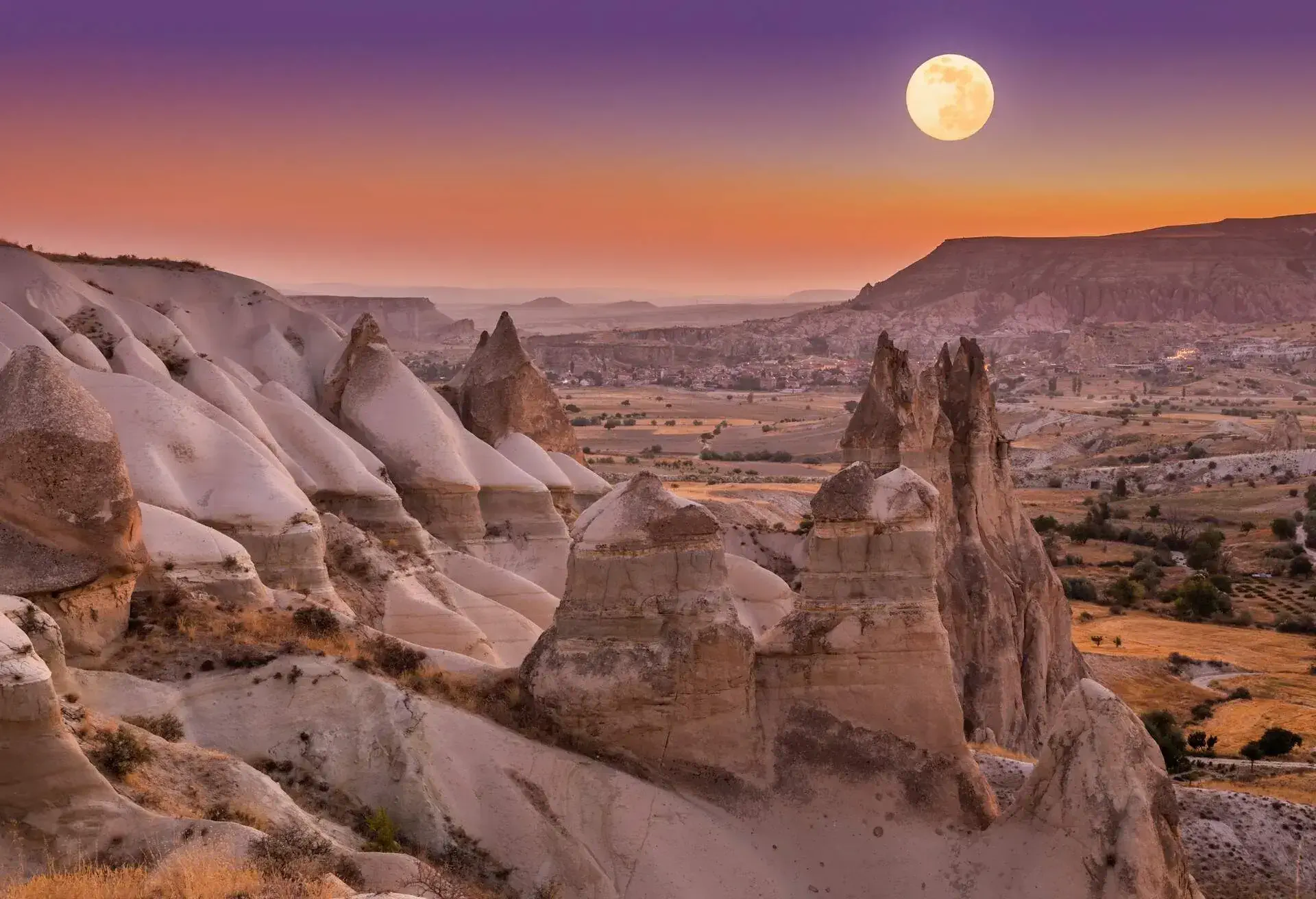
Fancy starring in your own Star Wars movie? Well make the journey to the Goreme National Park at Cappadocia in central Turkey which is out of this world. While the honeycomb-coloured ‘moonscape’ looks futuristic, the rock formations actually date back over nine million years. The dramatic geography was a consequence of three volcanic explosions, erosion and extreme weather conditions. It doesn’t look real in the photographs but it really is!
Best time to visit: March-May.
Kayak’s tip: The area is famous for it’s hot air balloons so jump on board for a fabulous view of the otherworldy landscape. The balloons are able to float low to the ground due to the lack of wildlife and vegetation.
If you enjoyed this article, you may like:

